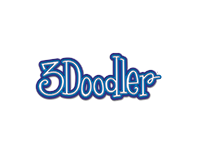
3Doodler is the world’s first 3D printing pen, which allows you to draw off of the page and into the air quickly and easily. The 3Doodler works by extruding heated plastic that cools almost instantly into a solid, stable structure, allowing students and teachers to literally draw in three dimensions. It is designed both for freestyle 3D sketching and for tracing shapes from templates to make larger architectural structures. With the 3Doodler in hand, users are limited only by their imagination. This unique tool is being used by educators to drive learning outcomes in a number of curricular areas, including STEM subjects, art and design, within makerspaces, and even to create tactile learning aids for people who are blind or have low vision.
Among many other uses, teachers are using the 3Doodler to:
- teach the physics behind bridge design, to foster an intuitive understanding of tensile strength and the design of bridge components;
- teach the principles of art and design in an interactive, hands-on way;
- restructure the early stages of the design process, enabling rapid prototyping in three dimensions without the need for a computer or complicated software;
- relieve bottlenecks in Maker exercises that rely on traditional 3D printers;
- teach an intuitive understanding of spatial reasoning, essential for later work in geometry and with 3D design tools; and
- create three-dimensional tactile learning aids for the blind in lieu of swell paper and other non-permanent or expensive alternatives.
A 2014 pilot program was conducted in the UK in which the 3Doodler was integrated across the curriculum of the entire school. The pilot demonstrated how the 3Doodler can be used to:
- Incentivize performance amongst students;
- Diversify teaching methods within the classroom;
- Stimulate kinaesthetic and visual learners;
- Enhance the performance of divergent thinkers;
- Improve concentration amongst students, including those with ADHD; and
- Level the playing field between male and female students, especially in the sciences and engineering.




